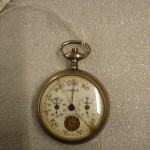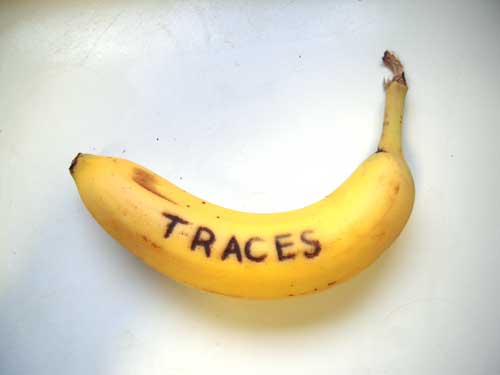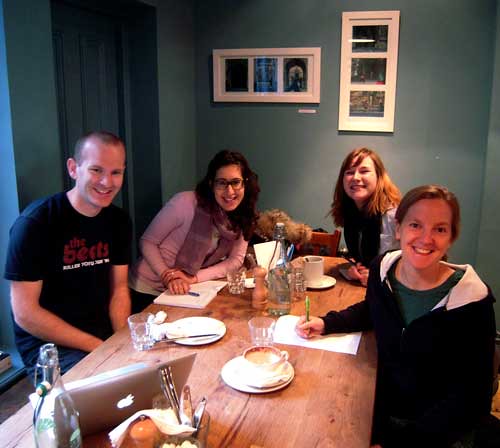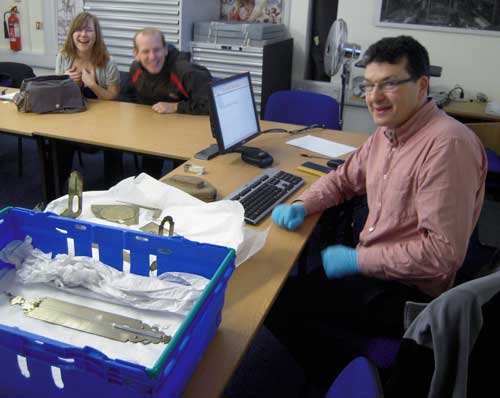Pedometer
Friday, March 30th, 2012While assembling the exhibition we spent a lot of time thinking about how we use instruments to trace our own lives, and how the images that these instruments create affect our understanding of our lifestyle. Here is an example of one such instrument which did not make the final grade but is nonetheless a fascinating instrument. It is a pedometer made by H C French in the early 20th century. Although we think of a concern with exercise as a relatively new phenomena, the museum in fact has pedometers dating as far back as the 17th century, some of which were extremely intricate. Early modern doctors such as George Cheyne thought that exercise was important as it promoted the circulation of the four ‘humours’ which made up the body and prevented any obstructions which could cause disease. By the early 20th century an understanding of the relationship between exercise and health existed which was much more in line with modern understandings, with a belief that walking was particularly useful for keeping the heart healthy. This Pedometer could also have been used for measuring distances, the most effective way to measure journeys was to walk them!
This pedometer has a main dial recording yards and three smaller dials for recording miles, tens of miles and thousands of miles. This shows that the owner must’ve been anticipating walking an impressively long way! The pedometer’s insides are still in tact and we can seen that it functioned with a simple swaying method which turned the cogs as the owner walked- not entirely dissimilar from modern pedometers. Using this people of the early twentieth century could trace their everyday journeys, recording every step that they made along the way. It is exciting to imagine the kind of journeys that such a device would’ve recorded and the things that the owner would’ve seen and experienced while using it. Sadly time has left its own trace on this charming object and it is now too rusted and scratched to be put on display.










